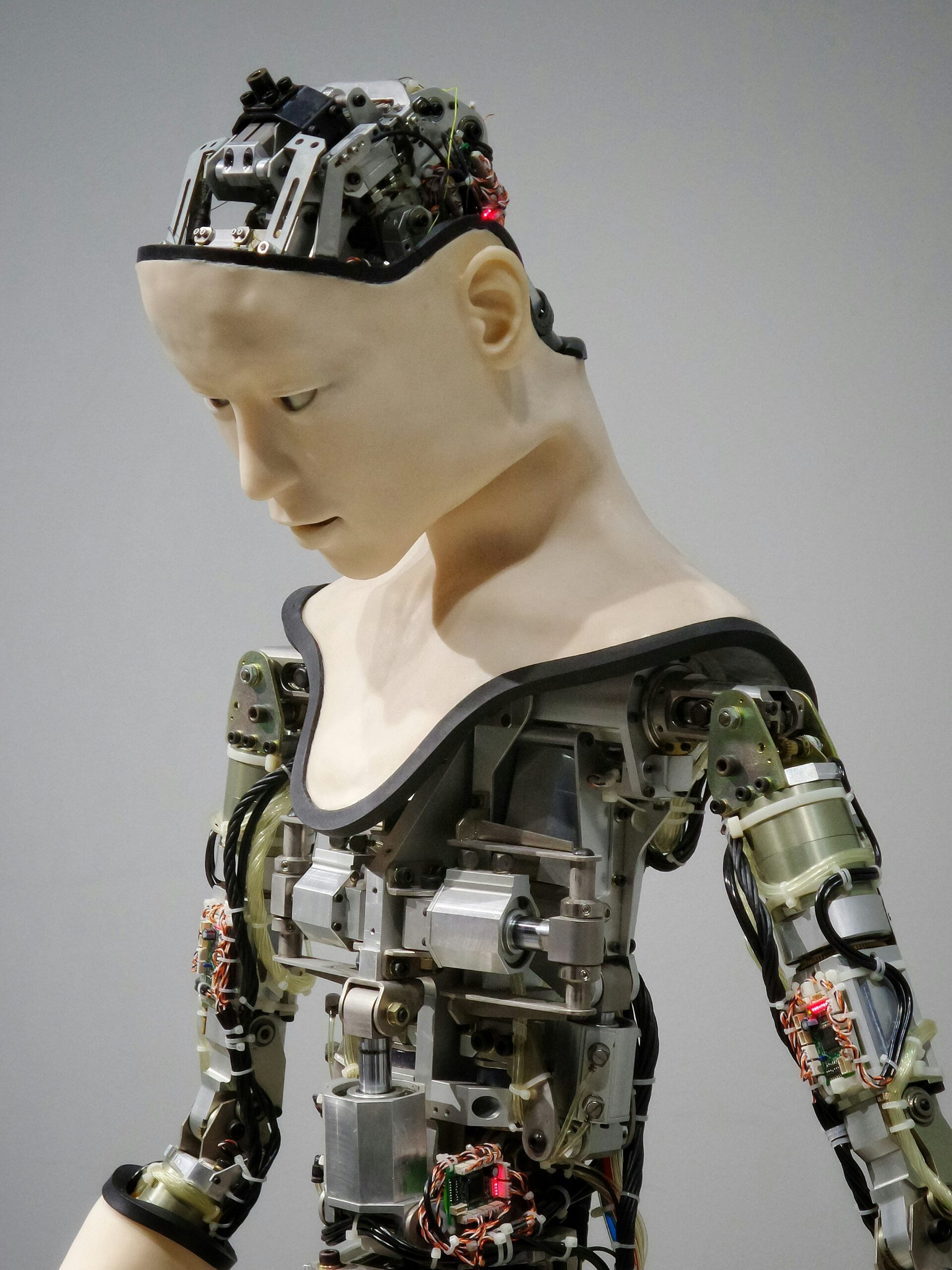Welcome to “Simplified AI Learning for Beginners” where we break down the complex world of artificial intelligence into easy-to-understand concepts for you. Whether you’re new to AI or looking to deepen your understanding, this article will guide you through the basics in a friendly and approachable manner. Say goodbye to confusing jargon and endless technicalities – we’ve got you covered with straightforward explanations and practical tips to help you grasp the fundamentals of AI effortlessly. Let’s embark on this learning journey together and unlock the secrets of AI in a simplified way.
Simplified AI Learning for Beginners
Have you ever wondered how artificial intelligence (AI) works? Are you curious about diving into the world of machine learning but find it intimidating? In this article, we will break down the basics of AI learning for beginners in a simplified and friendly manner.
Getting Started with AI
So, you’re interested in learning AI but don’t know where to start? Don’t worry, you’re not alone! The first thing you should do is familiarize yourself with the basic concepts of AI. Understanding what AI is and how it works will provide you with a solid foundation to build on.
What is Artificial Intelligence?
Artificial Intelligence, or AI for short, is the simulation of human intelligence processes by machines. These processes include learning (acquiring information and rules for using it), reasoning (using rules to reach approximate or definite conclusions), and self-correction.
Types of Artificial Intelligence
There are two main types of AI: Narrow AI and General AI. Narrow AI, also known as weak AI, is designed to perform specific tasks, such as facial recognition or language translation. General AI, on the other hand, is a more advanced form of AI that can understand, learn, and apply knowledge in a broad range of scenarios.

Learning the Basics of Machine Learning
Now that you have a basic understanding of AI, it’s time to delve into the world of machine learning. Machine learning is a subset of AI that enables machines to learn from data and improve over time without being explicitly programmed.
Supervised Learning
Supervised learning is a type of machine learning where the model is trained on a labeled dataset. The algorithm learns to map input data to the correct output by making predictions and adjusting its parameters based on feedback. This type of learning is commonly used in image and speech recognition.
Unsupervised Learning
Unsupervised learning, on the other hand, involves training the model on unlabeled data. The algorithm learns to find patterns or structure in the data without any guidance. Clustering and dimensionality reduction are common tasks in unsupervised learning.
Reinforcement Learning
Reinforcement learning is a learning method that interacts with its environment by producing actions and receiving rewards or penalties in return. The goal is to learn the best possible policy or sequence of actions to maximize the cumulative reward. This type of learning is often used in gaming and robotics.

Tools and Libraries for AI Development
To start learning AI, you will need to familiarize yourself with some of the popular tools and libraries used in the field. These tools will help you develop, train, and deploy machine learning models with ease.
TensorFlow
TensorFlow is an open-source machine learning framework developed by Google. It provides a comprehensive ecosystem of tools, libraries, and community resources for building and deploying machine learning models. TensorFlow is widely used in research and industry for its flexibility and scalability.
PyTorch
PyTorch is another popular open-source machine learning framework that is known for its ease of use and flexibility. Developed by Facebook, PyTorch offers dynamic computation graphs and a pythonic interface that makes it easy to experiment with different models and techniques.
Scikit-Learn
Scikit-Learn is a simple and efficient tool for data mining and data analysis. It provides a wide range of supervised and unsupervised learning algorithms for classification, regression, clustering, dimensionality reduction, and more. Scikit-Learn is a great library for beginners to get started with machine learning.

Hands-On Projects to Enhance Your Skills
Now that you have a good understanding of the basics of AI and machine learning, it’s time to put your knowledge into practice. Hands-on projects are a great way to enhance your skills and gain valuable experience in the field.
Image Classification with Convolutional Neural Networks
One popular project for beginners is image classification using Convolutional Neural Networks (CNNs). You can start by collecting a dataset of images and training a CNN model to classify them into different categories. This project will help you understand how CNNs work and how to apply them to real-world problems.
Sentiment Analysis with Natural Language Processing
Another interesting project is sentiment analysis using Natural Language Processing (NLP) techniques. You can gather a dataset of text reviews or comments and train a model to predict the sentiment (positive, negative, neutral) of each piece of text. This project will give you hands-on experience with NLP and text classification.
Reinforcement Learning in a Gaming Environment
If you’re up for a challenge, you can try implementing reinforcement learning in a gaming environment. Choose a simple game like Tic Tac Toe or Snake and develop a reinforcement learning agent that learns to play the game autonomously. This project will allow you to explore the principles of reinforcement learning in a fun and interactive way.

Tips for Success in AI Learning
Learning AI can be a challenging but rewarding journey. Here are a few tips to help you succeed in your AI learning endeavors:
Stay Curious and Keep Learning
The field of AI is constantly evolving, with new techniques and algorithms being developed all the time. Stay curious and keep learning by exploring new ideas, reading research papers, and experimenting with different projects.
Build a Solid Foundation in Math and Statistics
Mathematics and statistics are essential foundations for understanding machine learning algorithms. Make sure to brush up on your math skills, particularly linear algebra, calculus, and probability theory, to grasp the underlying principles of AI.
Collaborate and Seek Feedback
Collaborating with other AI enthusiasts and seeking feedback on your projects can help you improve your skills and gain new perspectives. Join online forums, attend meetups, or participate in hackathons to connect with like-minded individuals and learn from their experiences.

Conclusion
Congratulations on taking the first step towards learning artificial intelligence! By understanding the basics of AI, exploring machine learning concepts, and gaining hands-on experience with projects, you will be well on your way to becoming an AI expert. Remember to stay curious, keep learning, and don’t be afraid to experiment with new ideas. The world of AI is vast and exciting, and there’s so much to explore. Good luck on your AI learning journey!






Leave a Reply